Singer shoves but Royals fall late to the Reds
The Royals wasted one of Brady Singer's best starts of the season. Colby Wilson drops by to ponder the state of The Process and offer a candidate for the upcoming trade deadline.
When Brady Singer fired a slider to Tucker Barnhart to open the seventh, it marked the third time in four games a Royals starting pitcher made it to the seventh inning.
The Royals have lost all three of those contests. Baseball is a funny game, isn’t it?
I’ll have some thoughts on Brady Singer and the offense squandering a couple of opportunities ripe for scoring in this edition. But first, we’ll leadoff with Colby Wilson and a few of his takes.
Three Take Thursday: Checking in on the Process, a trade candidate and some major home run issues.
My God, it’s Thursday again and the Royals have… three wins since the last time we spoke? No. No, that can’t be right. How we long for the halcyon days of April, when three wins a week was the baseline and not some fever dream stirred up by fatigue and sadness.
ANYWAY.
Time for takes. I have them. You may want them. Let’s get into it.
Take One: Is this a Process? If so, should it have Processed further?
Here is where the Royals have drafted in the first round since 2017: 14th, 18th, 33rd, 34th, second and fourth, with a No. 7 looming next week.
[genuflects in front of a photo of Kumar Rocker]
That’s a few years of depth and a trio of high-end picks they can’t afford to whiff on which, to this point, with Bobby Witt Jr. knocking on the door, Asa Lacy still looking good and the next pick still a few days away, it’s kind of hard to beat the results from the rest of the haul. Nick Pratto is a fringe top-100 prospect and Brady Singer, Jackson Kowar and Daniel Lynch have—to extremely mixed results—already made their way to Kansas City. To have six straight first-rounders make the show or be on track to do so is fairly impressive, given the vagaries of amateur scouting in baseball. Even the best developmental organizations—your Rays, your Cubs—will occasionally have a Hayden Simpson or a Richie Shaffer (or as he’s known professionally now, Dicky Danger) just not work out.
So why does this feel disappointing? Is it just because what has reached the big-league level has been, so far, a mixed bag and that’s if you’re feeling charitable about Singer (although Wednesday was an encouraging development). Were expectations too high for this season? Is that even possible for a team PECOTA pegged to lose 90 games? Was the fool’s gold of April setting the stage for season-long disappointment?
All those things can be true in some fashion. The Flanny Fire Sessions are fun diversions but they are just a distraction from the fact that right now, every day feels like the one before. The Royals will show up; they’ll probably lose. Anyone with a vested interest will probably spend more time paying attention to the goings-on in Omaha or Northwest Arkansas and hope for brighter days ahead. The Process processes at its pace, not ours.
Take Two: Scott Barlow might actually be a hot trade deadline commodity
Here’s what we’re gonna do first. We’re gonna look at a bunch of Scott Barlow sliders going for whiffs and a bunch of Scott Barlow fastballs going for whiffs. This Royals season hasn’t offered a lot in the way of fun and entertainment and Barlow has, for my money, been the most consistently entertaining part of it not named Salvador Perez.
Loogit the get up and go.
Loogit the bite.
Sorry Maverick.
Take that All-Star Xander Bogaerts.
Alright, that was fun wasn’t it? Now for the bad news: the Royals don’t need Scott Barlow right now. By the time the Royals need someone of Scott Barlow’s ilk, he may no longer be the Scott Barlow we’re enjoying right now. That would be a shame for him and for those who enjoy his oeuvre, to waste a perfectly good Scott Barlow on Royals teams going nowhere. He can help a contender and fetch someone that might be Scott Barlow the next time the Royals need a Scott Barlow.
And just because typing, “Scott Barlow” 10 times feels incomplete: Scott Barlow.
Take Three: Minor Has Major Home Run Issues Despite Relative Meatball Management
Mike Minor basically admitted that he took a pitch off a couple of nights ago, to predictably disastrous consequences. Minor has suffered those consequences several times this season, surrendering 16 big flies—a number that, per StatCast, should be worse (a league-high 21.8 xHR) and not because of ballpark factors (a league-high 14 no doubters, on 87.5 percent of homers surrendered).
Not a lot of wall-scrapers here.
If you prefer the raw numbers, that doesn’t look so great either.
And yet.
StatCast tracks meatballs now which, in addition to making me hungry when I peruse the site, is exactly what it sounds like: pitches middle-middle, the happy zone, wiener-high with a sign that says, “Hit Me” written in calligraphy and affixed with love to the ball as soon as it’s released.
Among 60 qualified pitchers, Minor ranks ninth with a paltry 6.3 meatball percentage. So although he’s getting crushed, it’s not because he’s just throwing hittable garbage up there and daring hitters to oblige.
Minor has always (“always” standing in for “during the StatCast era,” here) had issues inducing soft contact—for his career, he’s over eight percent barrels and 33 percent hard-hit rate. Neither of those numbers are grotesque, but nor are they what we love to see either.
He just has no movement. None. At all.
Fastball vertical movement? 290th in average movement out of 402 qualifiers this season. Horizontal? 376th, and for Royals pitchers, that’s actually not bad—Greg Holland, Brad Keller and Kyle Zimmer are in the bottom-10 in baseball in horizontal fastball movement for those of you firmly in the, “This is all Cal Eldred’s fault!” camp.
Fine, so Minor’s four-seamer doesn’t have much break. What about the slider? What about no drop (229th out of 345) and barely any break (0.7 inches more than average). Of his pitches, the curveball has the most drop per league average by a healthy margin; naturally, he goes to the curve about 15 percent of the time and has surrendered only one homer with it this season. Hard to say how related those two things are but I’d be interested in finding out.
It’s hard to reconcile all of this, the man with the awful barrel percentage and perfectly usable hard-hit ball percentage this season—in fact, both rates dropped a bit from last year to this year—and his penchant for allowing homers. BABIP is a flawed stat for everyone and particularly so in Minor’s case—you could talk me into .294 being a generous figure or particularly punitive. Ah but one more chart. Charts are fun, aren’t they folks?
Those are Minor’s pitch locations when he’s gotten taken out of the yard. Everything is belt-high or higher, as you can see. For comparison’s sake, here’s Robbie Ray—also a frequent victim of the home run.
Mr. Ray can keep the ball down and still get taken deep, but perhaps Minor should try that too.
—Colby Wilson
Opportunity lost #1
I enjoy creativity. The freshness of a unique idea or happening can be inspiring. The way the Royals squandered two separate scoring opportunities was something.
The Royals opened the third with back-to-back singles from Michael A. Taylor and Nicky Lopez. With runners on the corners and no outs with the lineup flipping over for a second time, this was a prime opportunity to open the scoring.
According to the latest Run Expectancy Matrix from Tangotiger, home teams with runners on first and third with no outs average 1.8 runs in that inning. But Whit Merrifield couldn’t resist inside sinkers and fouled out. Then, this happened:
Taylor and third base coach Vance Wilson were caught napping on the backthrow from Reds catcher Tucker Barnhart. Taylor had turned his back to home plate and wasn’t walking too much to the bag as he was waiting for the automated people mover (you know, like they have at airports) to kick in. The pop time on that throw was 2.5 seconds. Not that pop time is important in that situation—it is decidedly not. I note it above only to underscore how long it took for that play to develop.
When your team is scuffling in the run scoring department, the last thing you want to do is get thrown out on the bases. But TOOTBLANS happen. The aggressive ones you can somewhat live with. It’s the ones when a runner is careless that will drive you crazy. Ever since the Royals flipped the losing switch at the start of May, all we’ve heard from Mike Matheny (and Dayton Moore) has been about the professionalism of the team. How every single guy in that clubhouse is working hard, preparing and ready to pick up his teammates. The effort is still there. No one is giving up or mailing it in. This is, in the words of the manager, “The most prepared team he’s ever been around.”
Getting backpicked at third is just a poor look.
It’s the second consecutive game where Taylor has been in the center of some questionable plays. On Tuesday, it was a ball in right-center that he misplayed into a double. Then, the incident at third.
This comes at a time when he’s actually been productive with the bat. Since the start of the last road trip on June 22, Taylor has hit .286/.348/.524 with four extra-base hits in 42 at bats. He’s cut his strikeouts down to a 17.4 percent whiff rate in that stretch. Offensively, it’s been his best extended run of performances this year.
It’s the other facets of his game that aren’t working at the moment.
Opportunity lost #2
As frustrating as the third inning was, it was topped by the adventures in the fourth. In that inning, the Royals sent eight men to the plate. They scored two runs.
It was your standard fare for the first three batters.
Salvador Perez grounded out.
Carlos Santana singled.
Ryan O’Hearn walked.
With runners on the first and second and one out, Jorge Soler was up. Soler was recently moved down from the second spot in the order when Andrew Benintendi returned to the lineup and when it became obvious that the bump up the order was futile in trying to get his bat going.
And then this happened:
I can’t explain what Jonathan India was thinking in trying to make a throw when O’Hearn was literally on top of him. Poor O’Hearn. Nobody wants to take a throw off the dome. Just a bizarre moment.
Back to Soler for just a moment. The pitch that sawed off his bat was a 2-0 sinker that was inside. Why on earth would he offer at that pitch in that count? At least Santana was able to score from second. No RBI was awarded since India was charged with an error. But one should’ve probably been given to O’Hearn. Or at least O’Hearn’s helmet.
From there Hunter Dozier singled and Taylor, atoning for his mistake the inning prior, singled and brought home the second run of the inning. Nicky Lopez walked (another professional PA from that guy) to load the bases. And Whit Merrifield popped out to end the threat.
Even though the Royals hung a crooked number in that inning, it still felt like another opportunity by the wayside. With so much action on the bases, and with those bases loaded at the end, it really should’ve been more than two runs.
Singer shoves
That’s a header I haven’t used since April, I believe. But it’s true. Through the first six innings, Singer was on.
He allowed a handful of baserunners, as he’s apt to do, but kept them scattered to keep the game under control. His highest stress inning was the fourth when Joey Votto hit a one-out single and then Singer hit Tyler Naquin with a pitch. But he was able to coax the next two outs and escape without damage.
Singer, as is typical, relied almost exclusively on his sinker/slider combo for most of the afternoon. He offered a four-seamer on five occasions. His changeup was thrown once.
Singer was really locating his sinker well, working both sides of the dish. It was lively, as was his slider. When both those pitches are on, he’s tough.
He got most of his called strikes in the lower regions of the zone and when he worked up, Reds batters weren’t able to hit him all that squarely. Only five of the 16 balls put in play had an exit velocity of 95 mph or above.
I have to say it was a bit confusing to see how Matheny handled the seventh. Sure, it’s ideal to have his starters go deep into games. That’s not happening nearly enough and the bullpen is starting to show the cracks as we have passed the halfway point of the season. Singer was at 90 pitches and most of those were low stress, but he’s only topped 100 pitches three times in 17 starts prior to Wednesday. He doesn’t exactly work efficiently, so if you’re sending him back out, it’s almost a guarantee he’s going to top the century mark if he’s going to record outs.
Why not give Scott Barlow (or any reliever) a clean inning? It minimizes risk…just in case he doesn’t have his stuff working, the damage can perhaps be avoided with a quick hook if he comes into the game with the bases empty. Here, he allowed three consecutive hits to open his outing and the Royals surrendered the lead they would never retake.
It’s highly likely I’m just picking at nits here. Days like Barlow’s are going to happen. But it looked like an opportunity to use a different reliever in the seventh, eighth and ninth. Barlow, Jake Brentz and Greg Holland all last pitched on July 3. It’s just frustrating to see one of Singer’s better starts squandered. Nevertheless, it was a great way for him to finish the first half of the season.
Central issues
Cleveland 1, Rays 8 — 7 innings
Cleveland 0, Rays 4 — 7 innings
Cleveland played 14 innings of baseball on Wednesday and mustered a total of four hits. That included getting shadow-no-hit in the second game of the doubleheader. Five Rays pitchers combined to hold Cleveland hitless while striking out eight.
It is impossible for me to write a more “baseball in 2021” paragraph than the above.
White Sox 6, Twins 1
Tim Anderson went 4-4 with a walk. Leury García added a home run and drove in three. Lance Lynn allowed one run in six innings, striking out six. And the Sox, injuries be damned, are absolutely rolling.
Tigers 5, Rangers 3
Joey Gallo blasted two dingers (numbers 22 and 23 on the year) but that was about all the damage the Rangers could manage of Casey Mize. Meanwhile, Detroit batters were having their way with Kyle Gibson, touching the Texas starter for five runs, the most he’s allowed in a game since Opening Day in Kansas City.
Up next
The Royals close out the first half of the 2021 season with a visit to Cleveland. As you can tell from the standings posted above (and the write-up about getting swept in Wednesday’s doubleheader), they are reeling, losers of their last nine.
Thursday — Danny Duffy vs Zach Pleasac
Friday — Brad Keller vs TBA
Saturday — Mike Minor vs Cal Quantrill
Sunday — TBA vs Eli Morgan
The Royals are 1-5 against Cleveland so far in 2021.







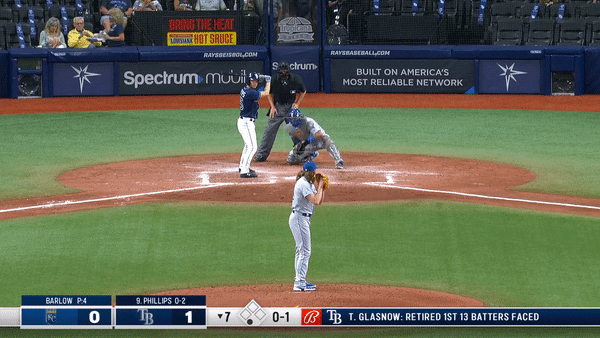

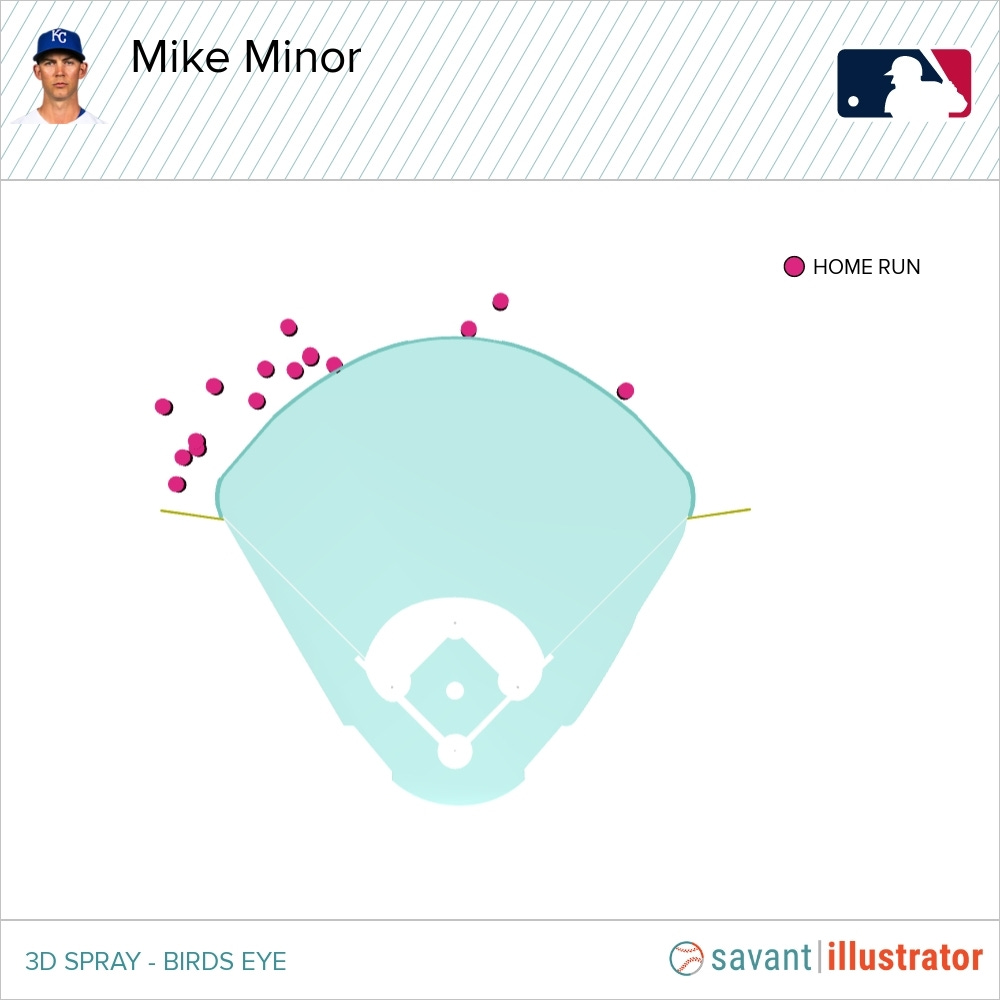
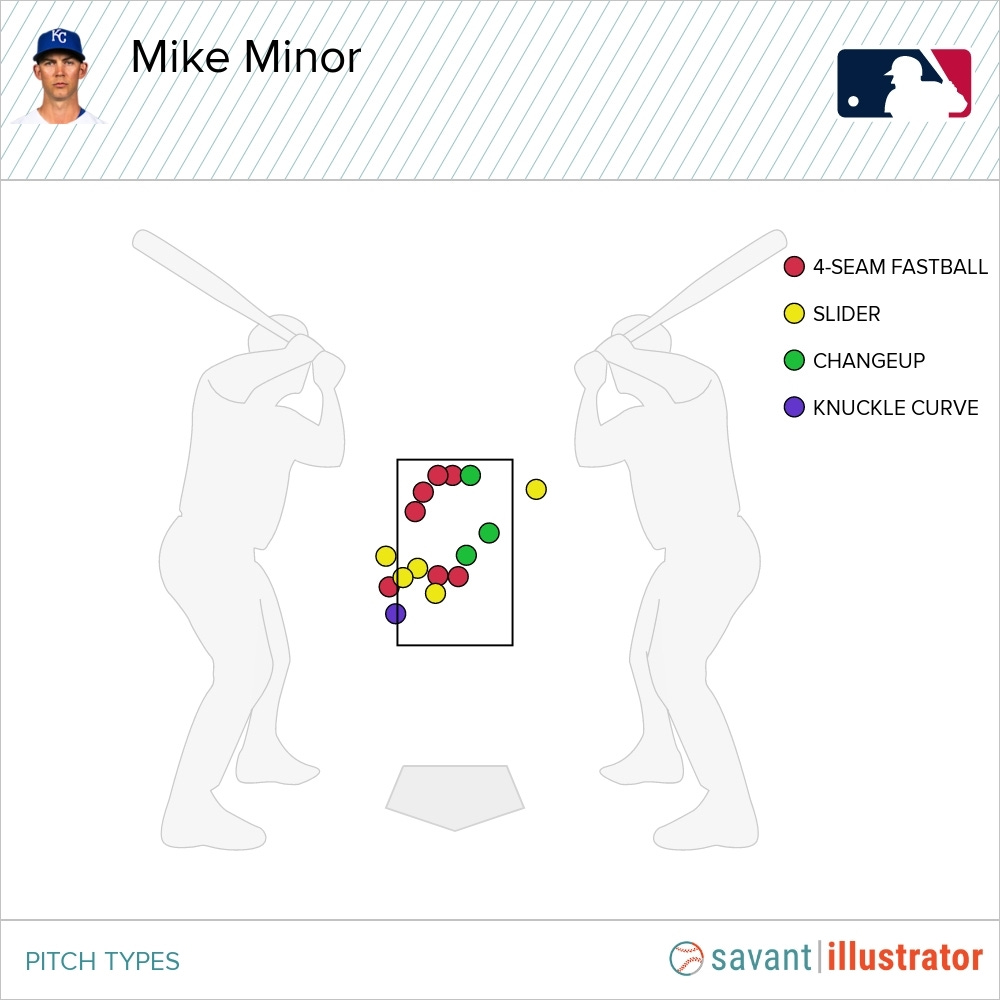
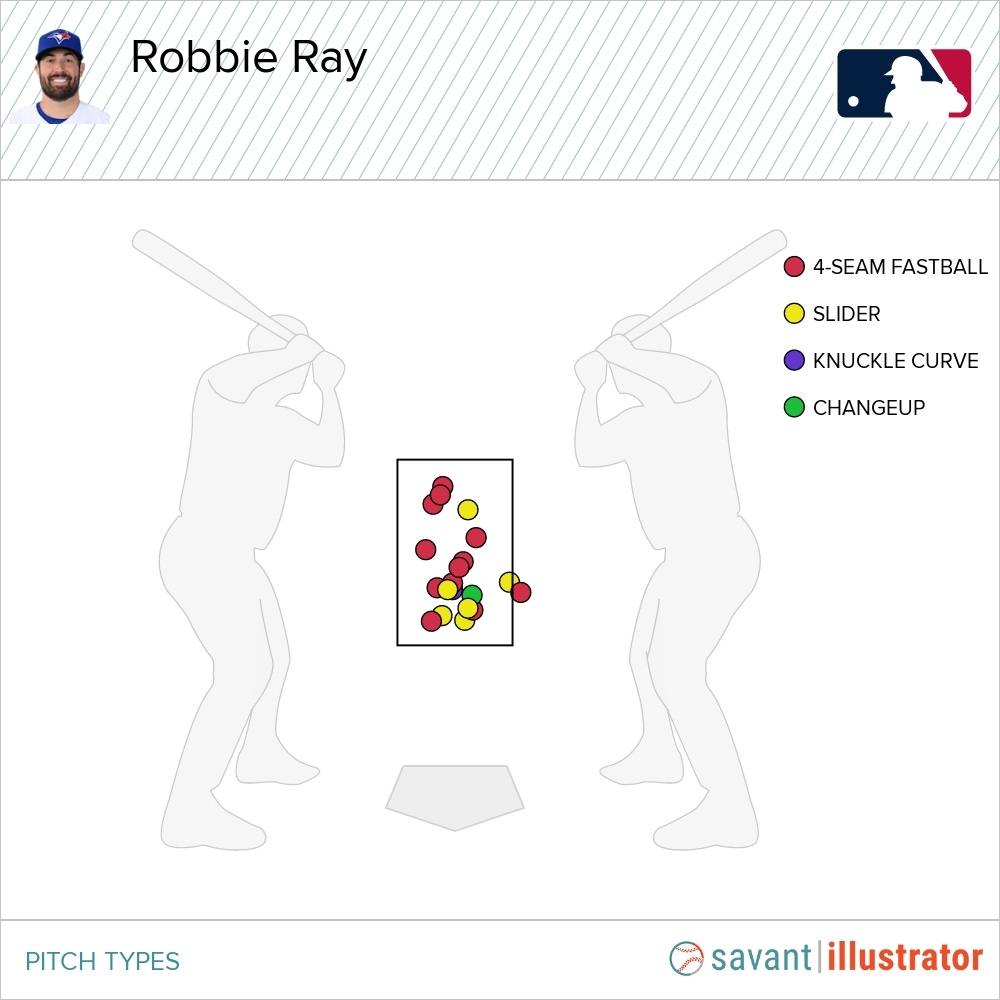
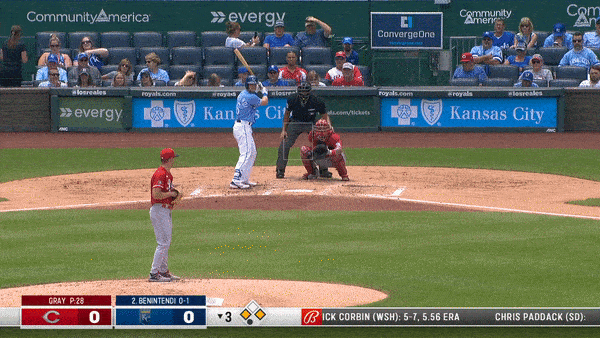
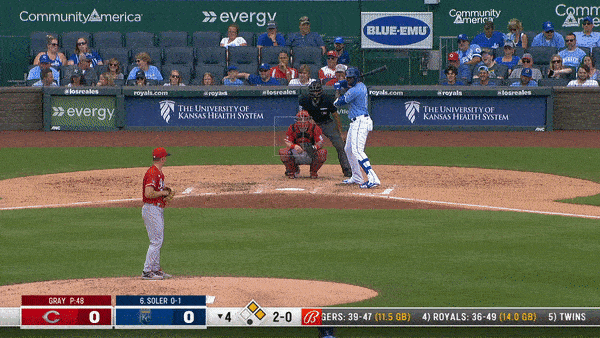

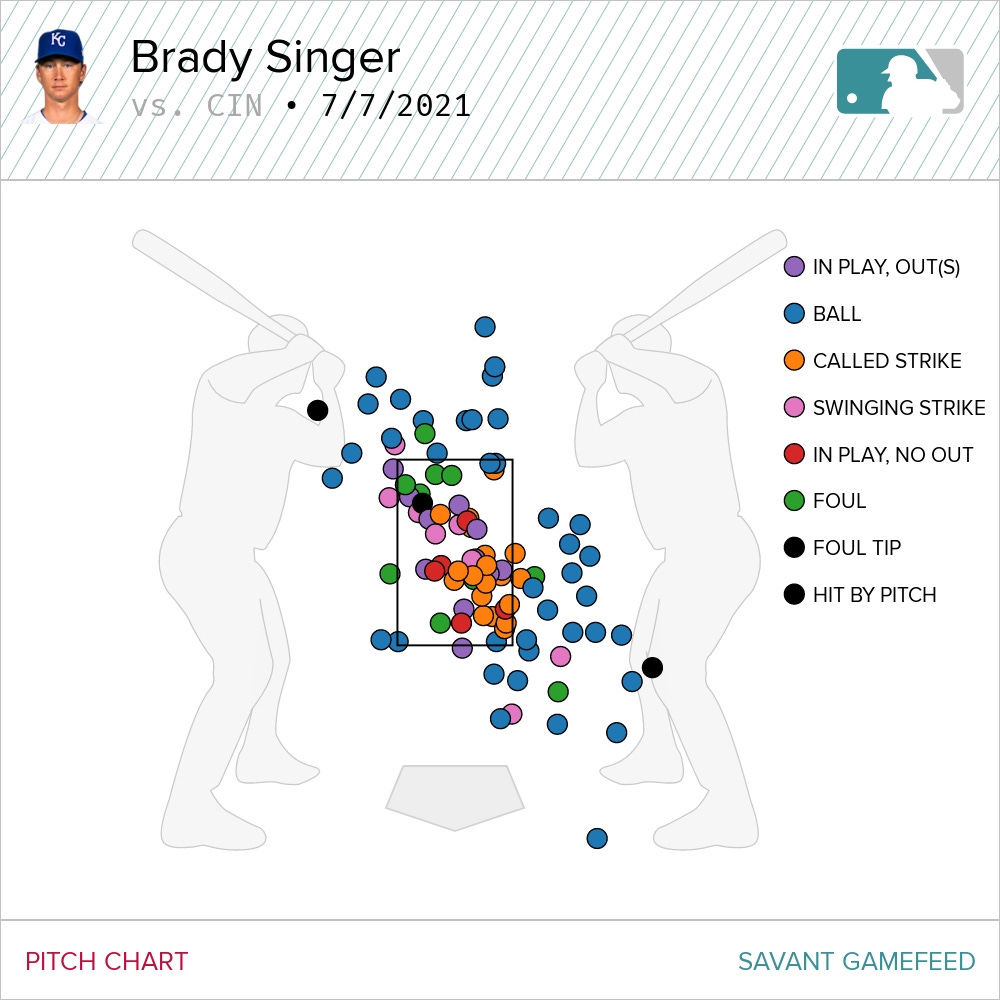

I didn't go look up the dates but can we basically exchange the name Scott Barlow for Joakim Soria? I mean the Mexicutioner, not what we got the second time around. Soria was a stud closer on a bad team. He easily could have been flipped for some useful prospects but wasn't. I agree Barlow (and Whit Merrifield) probably have the highest prospect return but unfortunately, history is about to repeat itself. My personal opinion, no trades will happen.